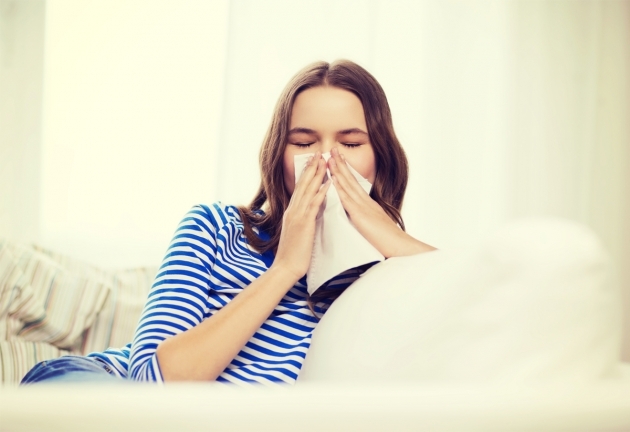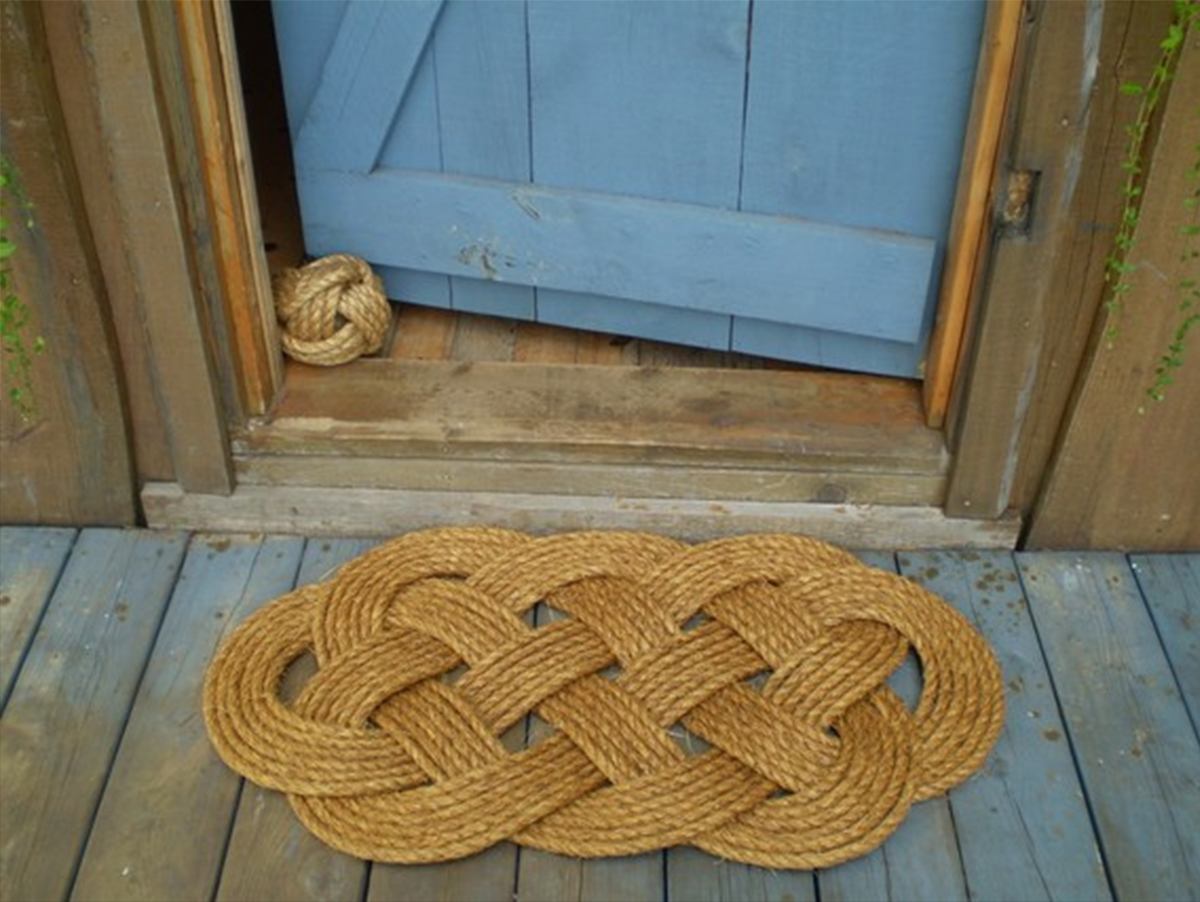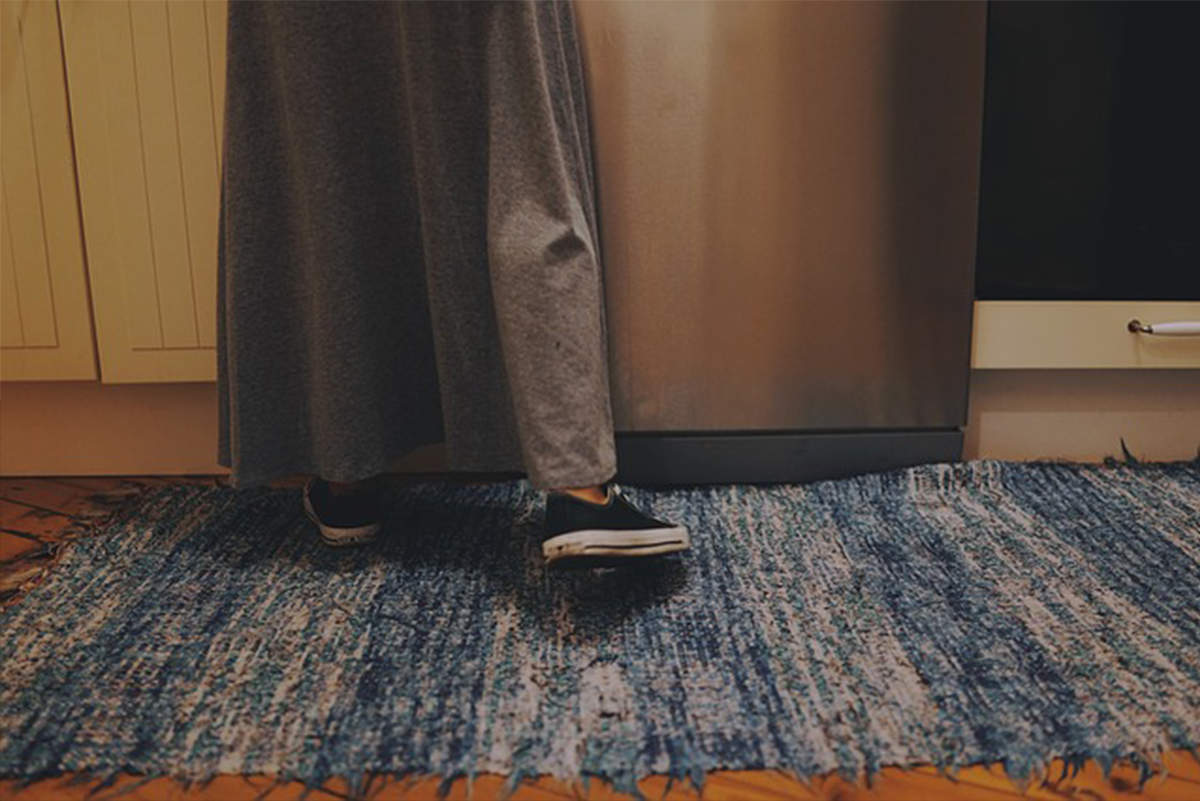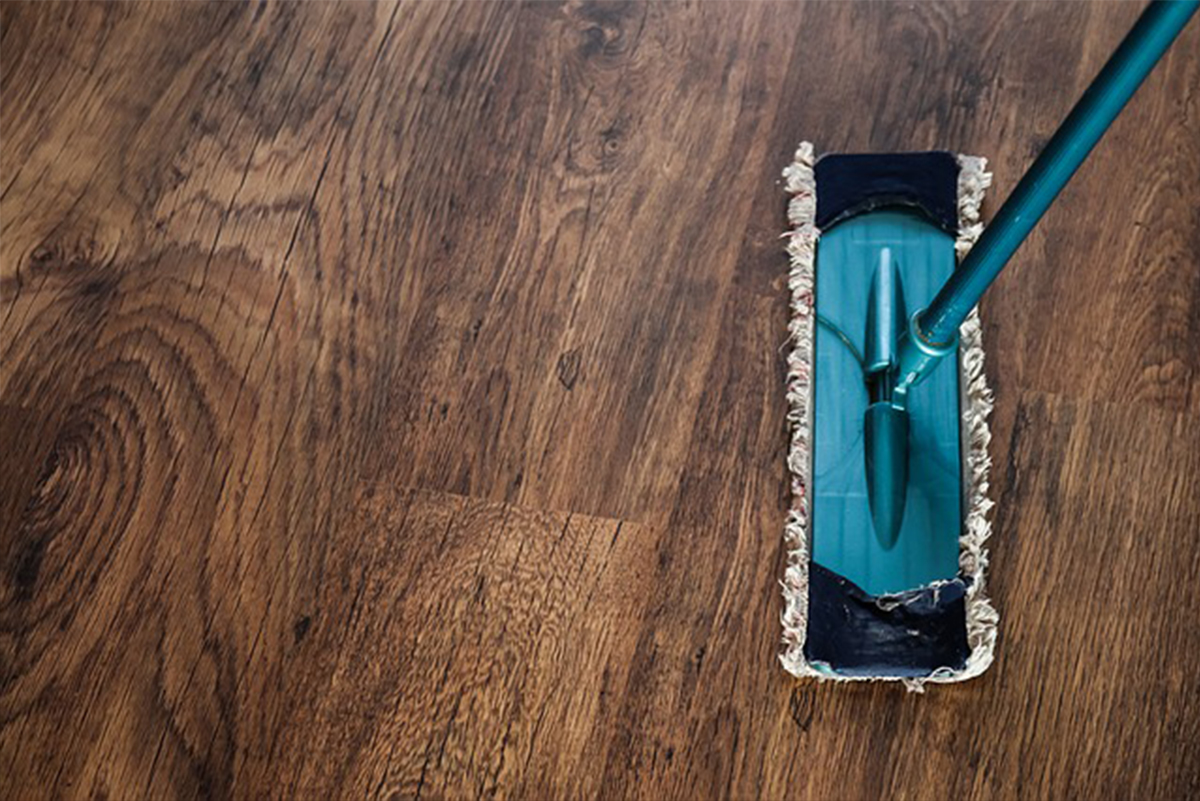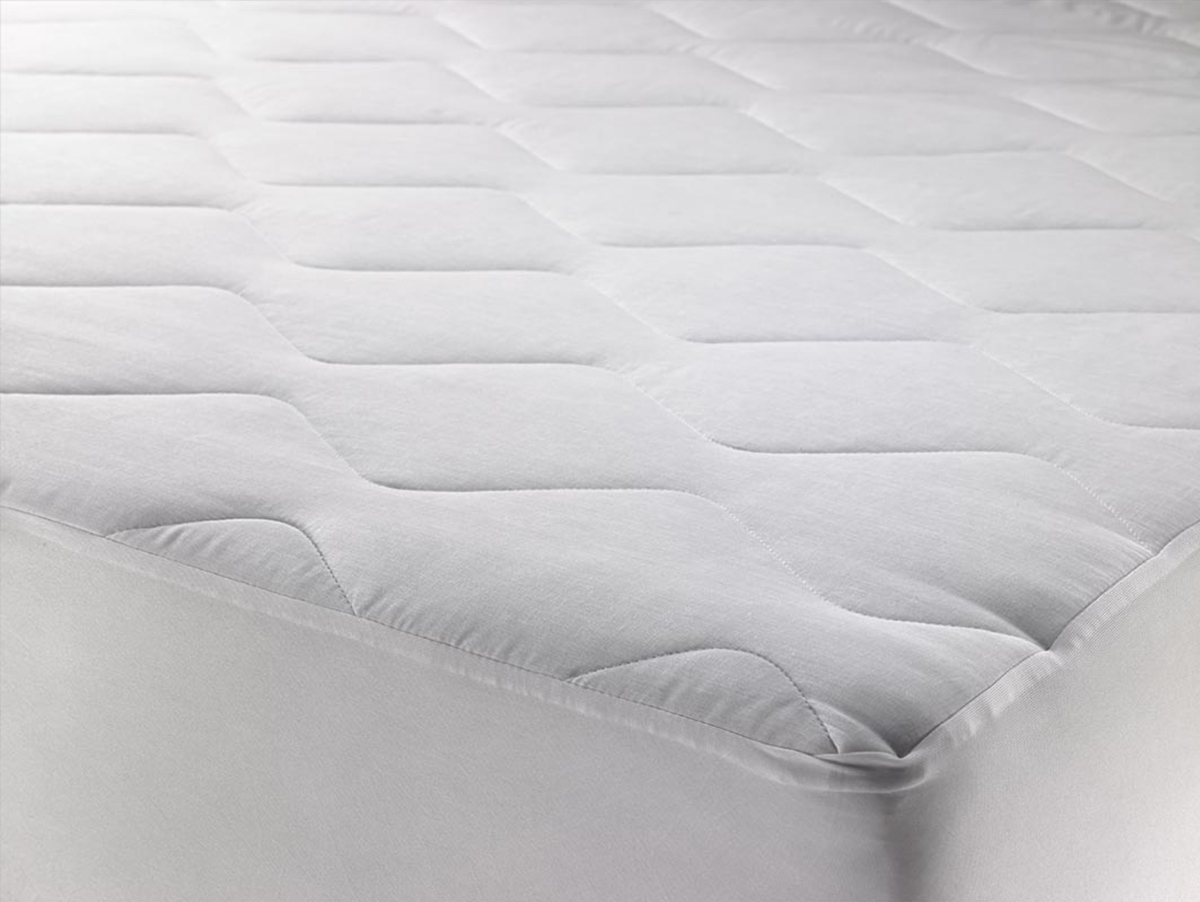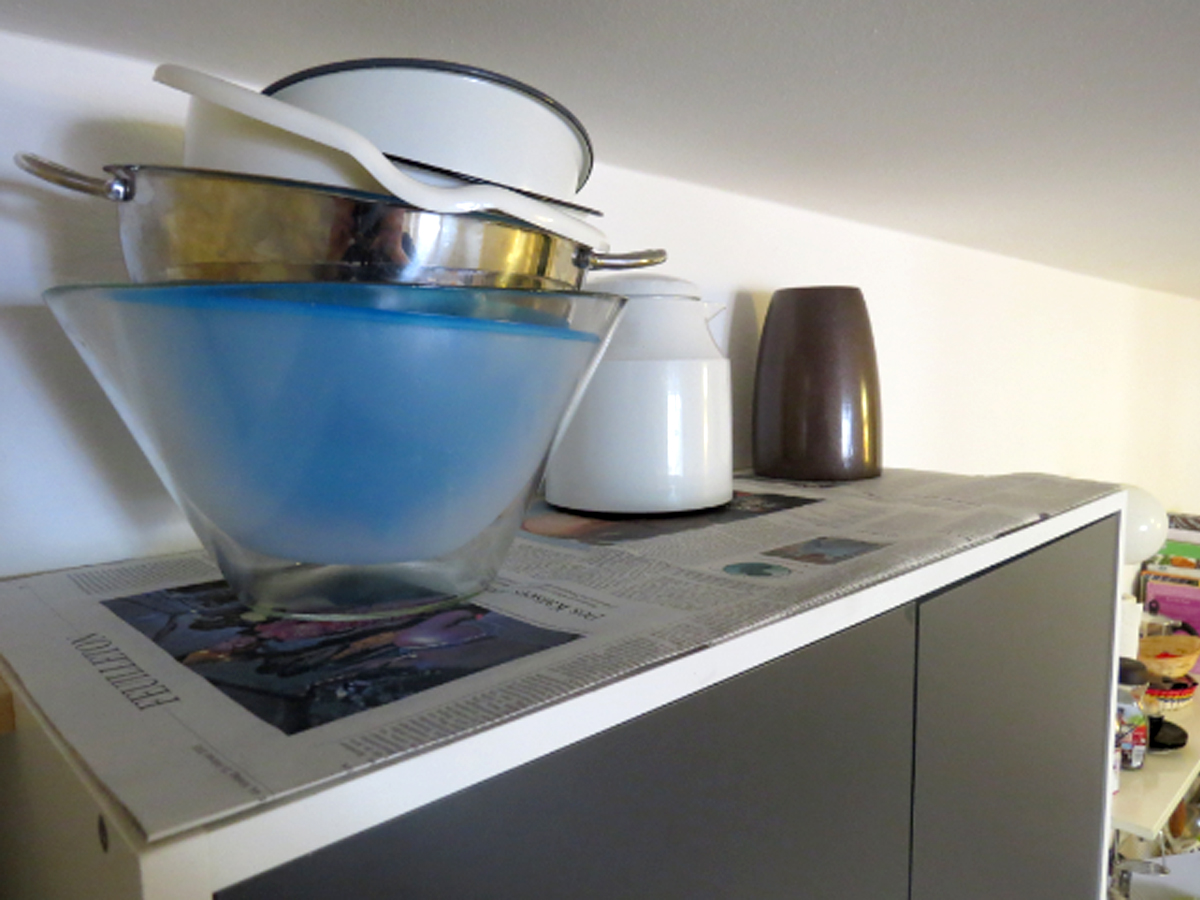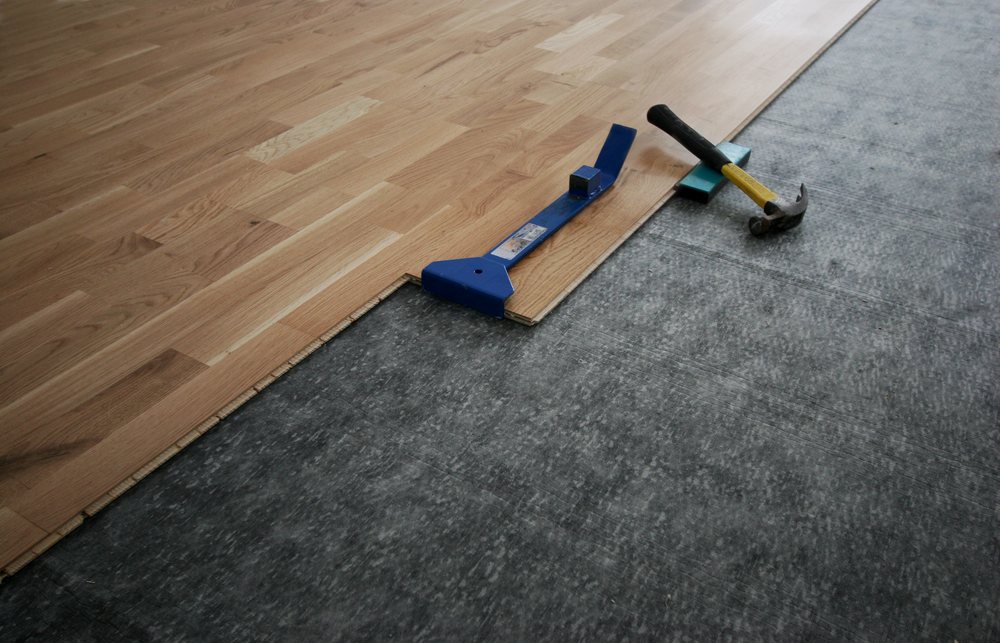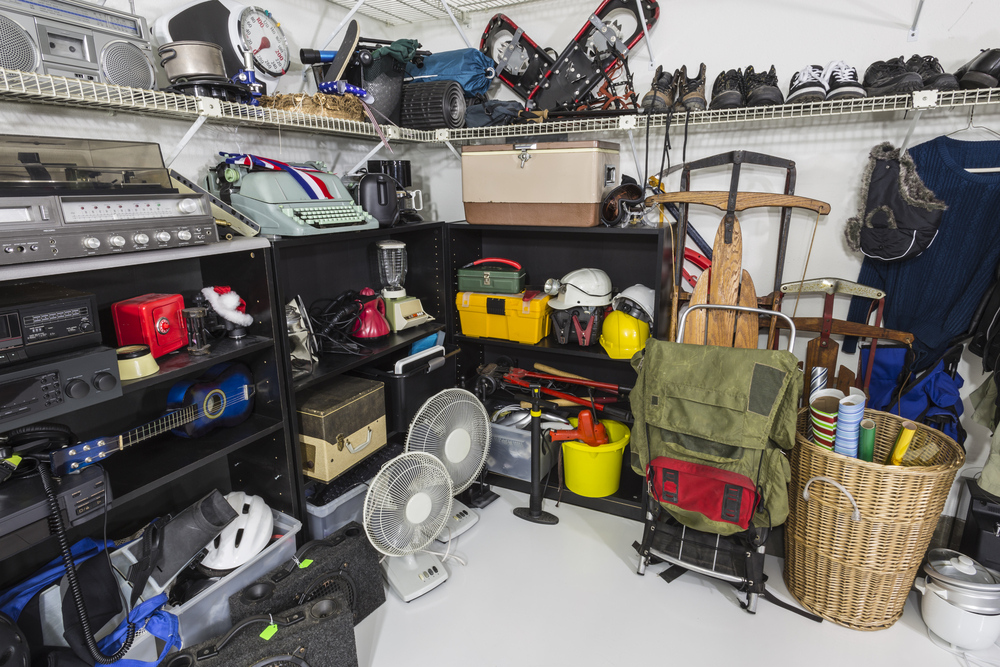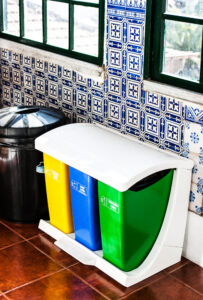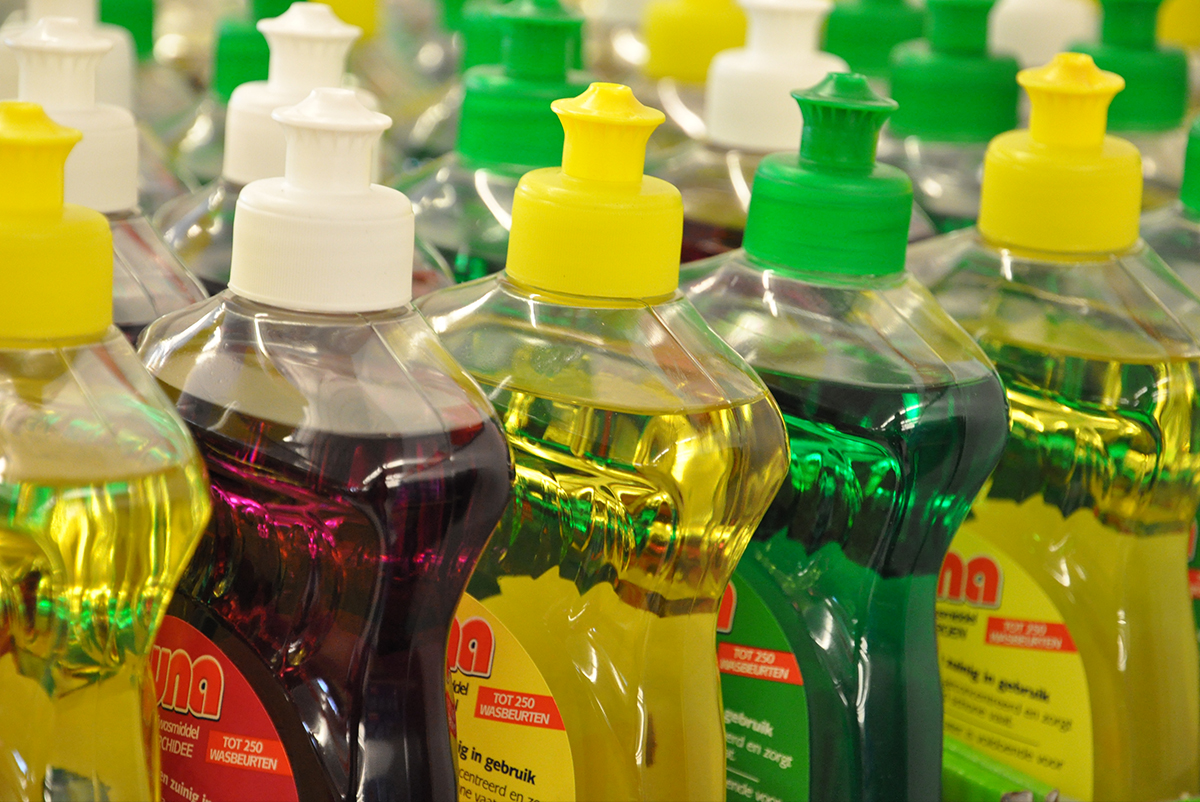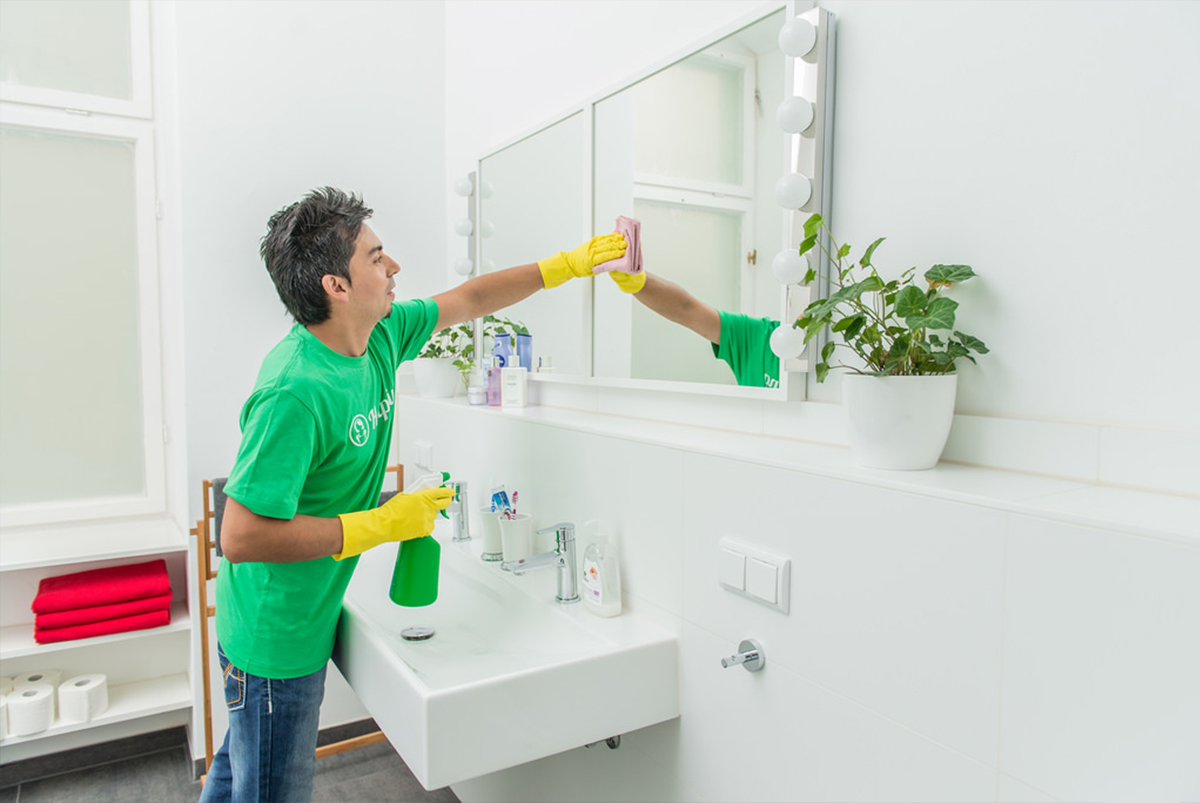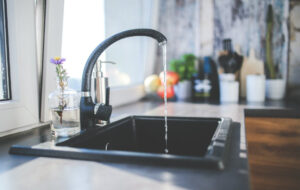Tired of having the sniffles and feeling all bunged up at home? Do you procrastinate doing the laundry and changing your bed sheets? Well, we are here to help you! We’ve created a ‘go to’ guide for you, comprised of simple tips and easy changes you can implement to significantly decrease the amount of allergens collecting in your home. So bid farewell to those itchy eyes and that runny nose and read on!
1. Avoid a log fire
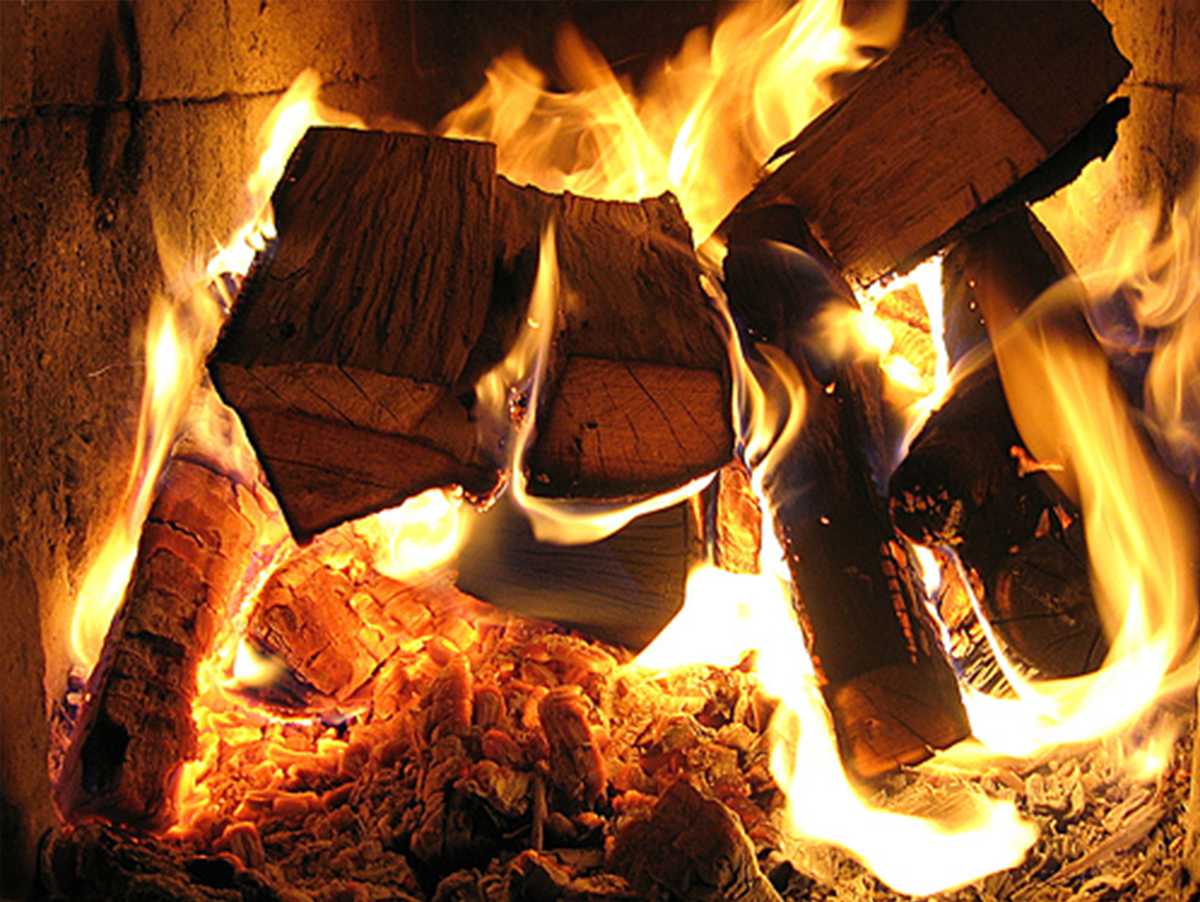
Instead of wood, opt for gas fires as the smoke and gases released from burning logs can really impact and exacerbate breathing related allergies. Though it can be lovely to enjoy a real fire, the majority of gas fires won’t cause this problem and you can enjoy the cosiness of a fire without allergies.
2. Stop moisture build up in your fridge
Like you Mum always said, eat more greens! Don’t leave vegetables in your fridge for a long time to avoid the build up of moisture. Fold up and place a piece of newspaper in the veggie drawer. Give a quick wipe underneath your fridge shelves and monitor your drainage outlet at the rear of your fridge – you’re probably familiar with it for being frozen or having lots of water in it. By doing this, you’ll heavily reduce airborne bacteria, hence minimizing them travelling to your lungs!
3. Regularly change the filter in your dryer
This will really help decrease the amount of fluff and dust in the air around your home and will prevent those irritating tickles that make you want to half-sneeze. It can drive you nuts!
4. Do a clear out of anything you don’t need in your bathroom or high moisture areas e.g shower curtain
Often they encourage mould and mildew to grow on them, which can sometimes trigger asthmatic breathing. Think about upgrading to a free standing shower or bathtub, that’s simple and quick to clean – one that makes it hard for dirt and bacteria to hide!
Damp and mildew not only set off asthma but can also spark other irritations such as skin allergies and even more chronic ailments, like pneumonia.
5. Clear the doorways and get rid of the surrounding clutter
A room entrance is a vacuum for grime and dust particles. Add in a few doormats, pot plants and post boxes to the situation and you have arrived at dust city! It’s not to say these items are banned from the house but avoid putting them in the main doorway or entry point of the house.
6. Dispose of unnecessary rugs!
It’s no surprise that rugs and carpets are a taboo subject when it comes to dust and allergens at home. All kinds of organisms make their home in them, from dog or cat hair to pollen to mouse droppings – not to mention large quantities of dust and mildew, a multitude of bacteria from the outdoors, your furry friends and food particles. So be brave and chuck them out.
7. Mop after vacuuming
Use a mop with a slightly wet mop head, after you have vacuumed the room. This ensures that any particles in the air, which land on the floor are gone, rather than floating around in the air that you’re inhaling.
8. Mattress Maintenance!
This is a big one. Though we think our bed is probably the cleanest place in the house, mattresses collect lots of dust and you breathe this in through the night. To avoid this, you can do a couple of things. Firstly make sure you turn over your mattress, beat the dust out and hoover it frequently. Secondly, you can pick up allergen proof bedding – though it’s a bit more expensive, it’s worth every cent!
9. Clean on top of your cupboards
Out of sight, out of mind right? Well not when it comes to dust sitting on top of cupboards. To keep them clean, simply fold up some newspaper and lay it flat on top of your press. Then regularly renew the paper, throwing the old paper in the bin. It will lessen the build-up of dust, dirt and oils from cooking. It will also make your spring clean much easier!
10. Swap carpets for wooden or other hard flooring
Indeed, carpets are cosy and welcoming, however if you are affected by airborne allergens at home, you’ll need to think about getting rid of the carpet and replacing it with a hard flooring. It’s simpler to keep clean and any dust shows up easily, which means you’ll most likely give it quick regular cleans
11. Empty or de-clutter the areas you use for storage
We all have ‘clutter’ areas, where we put things that don’t have a home or a use. You can either look into a smart storage system that eliminates dust and keeps your items away from dust or clear out what you don’t need. Doing this will minimise dust and prevent any musty dampness.
12. Downsize your collection of teddy bears and soft toys!
Less is more here. Over time these cute fluffy objects become unhealthy dust traps and can spark major allergies. Most kids have only a few favourites, so hold on to these and chuck the rest out or put them in sealed storage. For the favourites, make sure you wash them every couple of weeks.
13. Curtains and blinds love dust!
Lateral window blinds can be a headache to keep clean and they collect and spread dust through the air every time you pull them open or shut. Opt for something else, such as a pull down retractable blind or light curtains that are simple to take down and wash when needed. Or if privacy isn’t an issue, then do without anything! Fixing up any early cracks or dampness in the walls will also help greatly.
14. Store bins where it’s easy to clean and rotate them regularly
Bin cleaning and changing will reduce the collection of pet droppings and dead insects – which are renowned for triggering those breathing problems. Regular bin cleaning will also inhibit the build-up of harmful bacteria.
15. Put an end to buying heavily scented cleaning products
The chemically created scents that are present in a lot of cleaning products can cause a sudden unpleasant reaction when inhaled. There are lots of more natural alternatives out there, so try to opt for these instead.
16. Go for a walk when you’ve finished cleaning
Ducking out for a while after the cleaning is both good for your health but also enables any dust particles in the air to settle while you’re gone.
17. Find someone to do the tasks that trigger your allergies
Don’t feel bad about getting a cleaner in to do certain jobs. There’s no point in suffering unnecessarily, especially when a professional can probably do the cleaning in half the time. To find out about our services and what Helpling offers, click here. You can find a cleaner locally from as little as $29 per hour, so drop the housework and look forward to returning home to a fresh, clean, no-allergy sanctuary!
[cta id=’253′]
